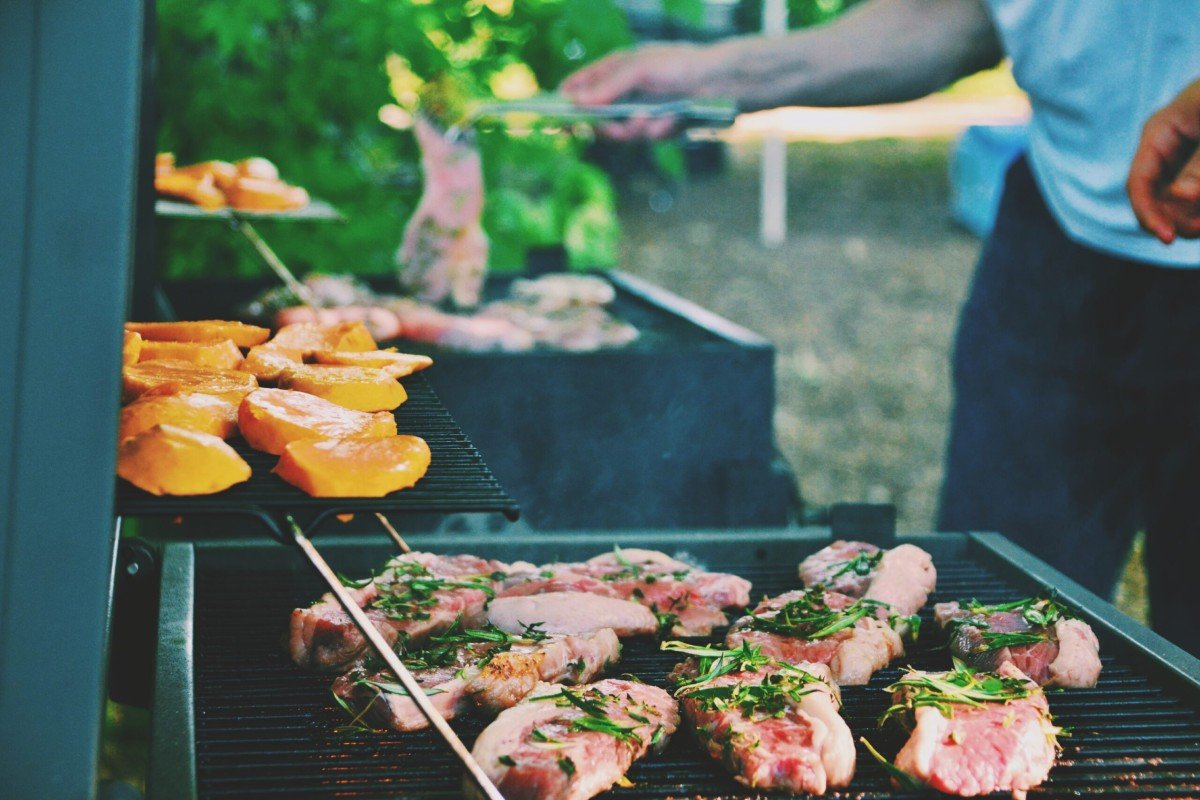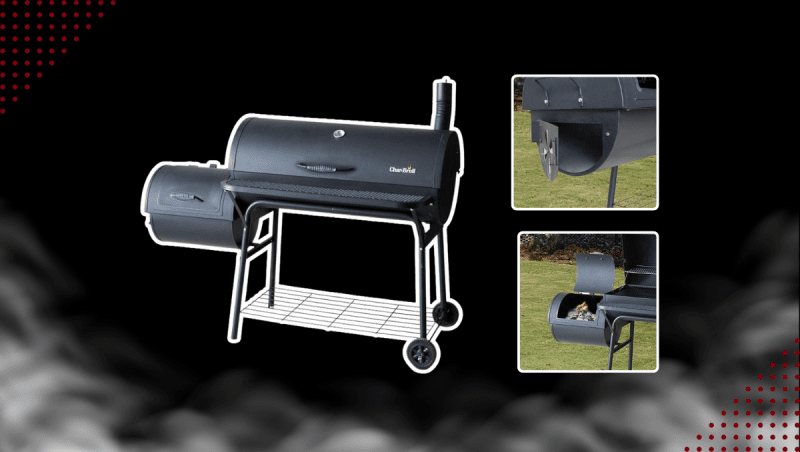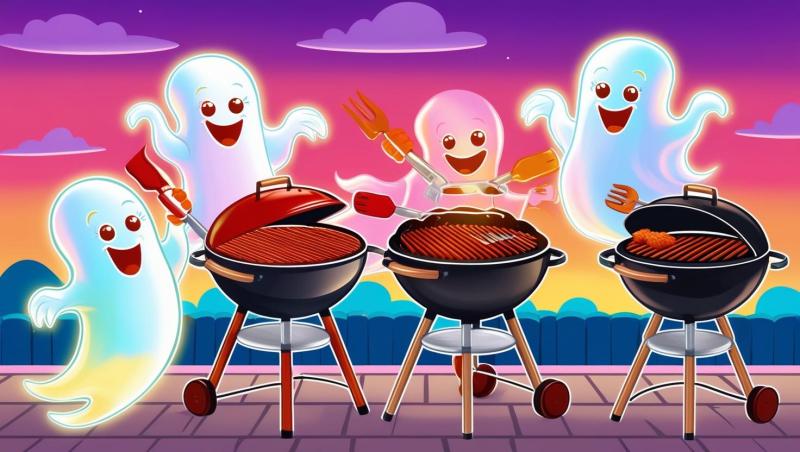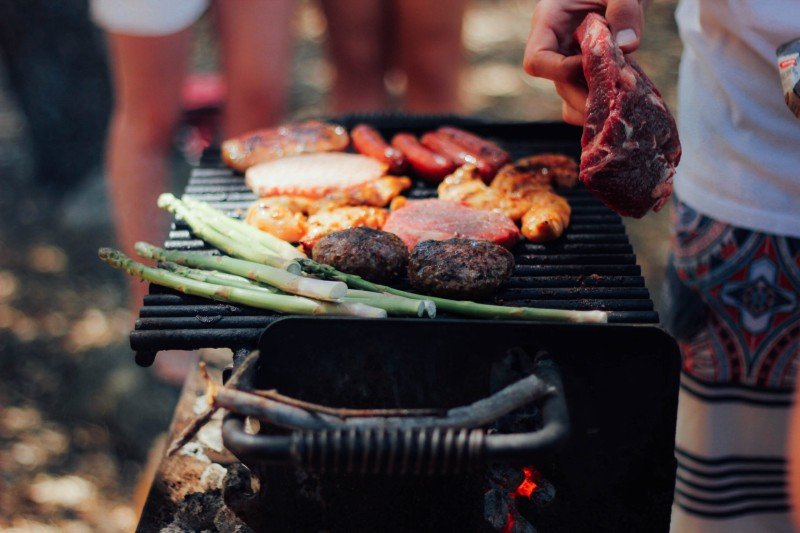
We all make grilling and barbeque cooking mistakes. Sometimes we don’t even know what they are until we realize that the barbequed and grilled food you cook is not as good as you’ve had elsewhere. Make a mental note of these outdoor cooking tips and get in the outdoor cooking game.
Your average backyard cook is no expert in the barbeque or grilling field. He has no television shows on the Food Network. He has no grilling cookbooks out. Nor has any of those been part of his lifetime goal.
No, your average outdoor cooking enthusiast makes more mistakes with BBQ grilling than you could ever imagine. The meat ends up dry and tough time after time, despite marinating for hours. Or the meat is burnt or cooked too long.
These mistakes are made time and time again because your average backyard cook usually does not know any different.
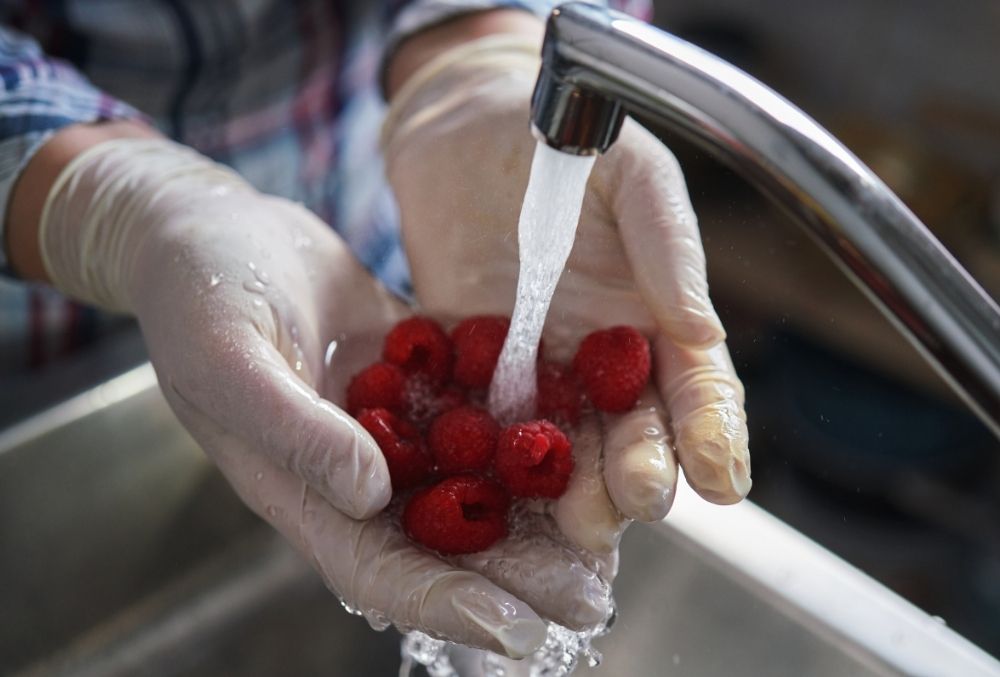
Here are some of the more common mistakes and do’s and don’ts made in BBQ grill cooking:
- If you started with frozen meat, make sure the meat is thawed completely. Trying to cook the inside of a still-frozen piece of meat is next to impossible without burning the outside.
- When using a charcoal grill, try to start the fire without charcoal lighter fluid. Lighter fluid taste will always get into your meat no matter how much you cook the coals down first. A chimney starter makes starting the fire a breeze. It also allows you to add charcoal along the way should should the coals burn out along the way.
- Never poke the BBQ meat with a fork after cooking has begun. This is one of the most common mistakes and one of the most deadly for your barbeque. When poking with a fork, the juices will run out of the meat and right into the bottom of the barbeque pit or grill. Your meat will be dry and less tender. Use a long set of tongs to turn the meat.
- Lower the heat. Except for steaks, that need a quick searing, cook slow over low to medium heat. Lower heat is much more manageable and it will make the meat tender and juicy.
- Quit lifting the lid to check the meat. Every time you do that it changes the temperature inside the bbq grill or pit. Air from you opening the lid acts like a sponge and dries the meat up. Opening the lid also increases your chances of flare-ups.
- This is more of a food safety mistake. Do not put the cooked meat back on the same plate or platter that the raw meat was on without washing it first. Mixing the cooked with the raw just begs for someone to get sick.
Of course, these are not all of the mistakes made by the amateur outdoor cook, but are some of the more common. But if you will prevent doing these yourself, you will eliminate many of the things that cause barbeque failures.
Your guests and family will wonder how come your grilled or barbequed food is so much better then it used to be. And, who knows?…Maybe the Food Network will come looking for you.
When to Use High Heat on Your Barbecue
It’s a mystery how some people seem to have the knack for barbecuing how they always seem to get everything exactly spot on and not like the rest of us who end up burning the sausages. Believe it or not, there is technique involved other than just using the force.
One of the main secrets to knowing how to cook a mouth watering meal on your barbecue is knowing when to use high and low heat.
When it comes to barbecuing you could have heard cooks refer to “sealing in the juices” and you may have even tried to attempt this technique yourself, but as with everything if you do not know what you are doing then you are doomed to fail. If you watch the way the best cooks do a barbecue they cook their veg and steaks on a high heat to sear the outside before slow cooking this is a very effective method of sealing in the juices.

This method should be used for foods that are to be partly cooked through such as a medium rare steak. However if you are cooking food like ribs or burgers that have to be cooked right the way through it is advisable you use a low heat to prevent any sort of food poisoning.
This is better explained when it is better understood how the process actually works, as the meat is heated, the cells and the fibers of the meat tense up, squeezing out much of the juices. So if you only want to lightly cook the meat then searing it will help to seal in the juices by quickly cooking the outside. But be careful not to cook on a high heat for too long, or the inner layers will cook too quickly, vaporizing all of your precious and tasty juices.
When you are using high heat, the rule of thumb is to cook on each side for a maximum of five minutes each side. After ten minutes, anything that you’re cooking should be moved aside to a medium heat so that it can finish cooking at that lower temperature.
Remember, when it comes to high heat, practice makes perfect, and the perfect is well worth the practice!
